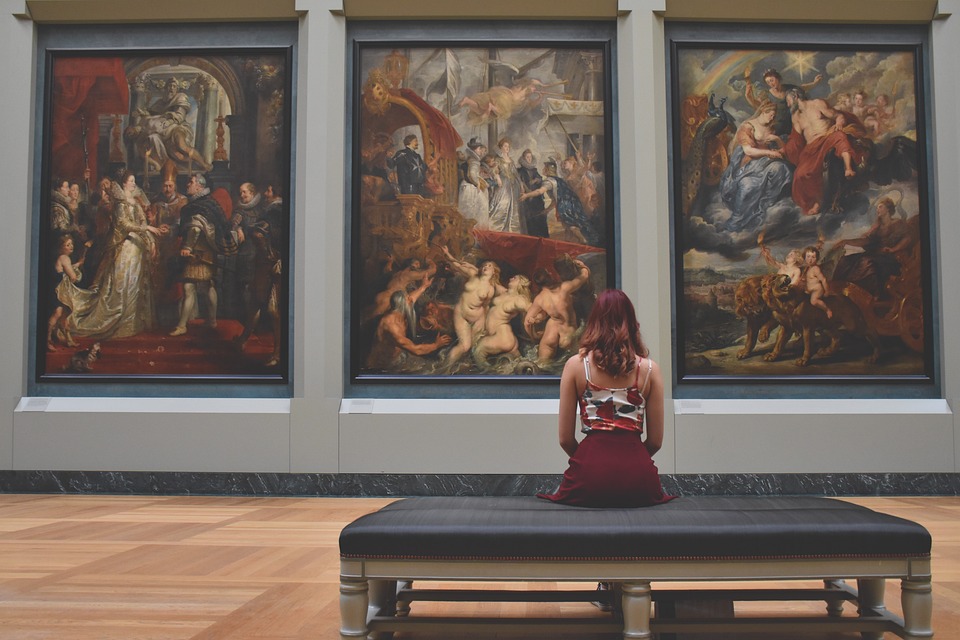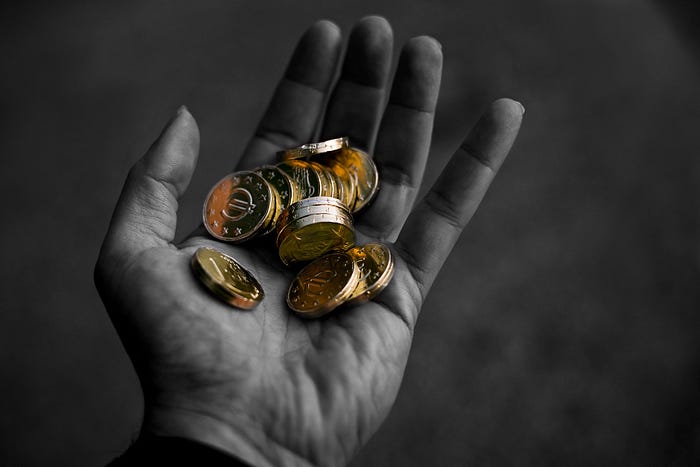
Photo from pixabay

Monet-Haystack
It’s obvious that investing in valuable artworks can bring generous returns. However, several existed problems made the art market complex and high-threshold.
Problem 1 — Identification of Authenticity
The authenticity of artworks is very important to transactions, collections and investments. To discern it, the traditional identification method is based on the knowledge, experience and eyesight of the experts. However, as the level of modern replication technology is getting more and more smarter, a more objective scientific appraisal is urgently needed.

Photo by Markus Winkler on Unsplash
Problem 2 —Circulation and Realization
The niche of cultural and artistic investors resulted in a narrow market space and poor liquidity for artwork, making it easy to buy in, but difficult to sell out. And despite the appetite and enthusiasm of investors are increasing, it is difficult for an individual to afford the price of a complete piece of art. Artworks are valuable, but the price of risk is higher.

Image by Dirk Wouters from Pixabay
Problem 3 — High Monopoly
The art market is highly concentrated regionally. The United States, China and the United Kingdom account for more than 80% of the global art auction market, and the well-known auction houses have a strong monopoly in terms of auction houses. The professional level and marketing capabilities of the auction area and auction house play a vital role in the art transaction price. As a result, the art market has stayed in “circle transactions” for a long time, forming a high degree of monopoly, and making small and medium-sized enterprises lead a difficult life.

Image by jose carlos gutierrez paez from Pixabay
Problem 4 — Copyright Confirming
With the development of AI and big data technology, many artists began to use the so-called “Neural Network Software” to create artworks, images created by it can be output for artists to sign and display. However, when cultural and artistic works originate from both algorithms and individuals, the attribution of copyright and ownership is difficult to define.

Photo by Echo Grid on Unsplash
A. Technology Empowerment
—Gathering top technologies and resources, establishing the industry’s first authoritative appraisal system
B. Art-friendly
—Breaking the boundaries between art collectors and ordinary people, helping the inherit of culture and art pass on from generation to generation
C. Value Scaling
—Confirming assets through the blockchain, reshaping the cultural art transaction process
D. Investment and Incubation
—Discovering the dark horse of treasure, promoting the prosperity of human culture and art
The emergence of Artgem Chain is precisely to rebuild the culture and art market. Based on the establishment of a comprehensive digital economy, culture and art industry, facing the market dilemma, Artgem Chain is determined to become an innovator of the culture and art market.
